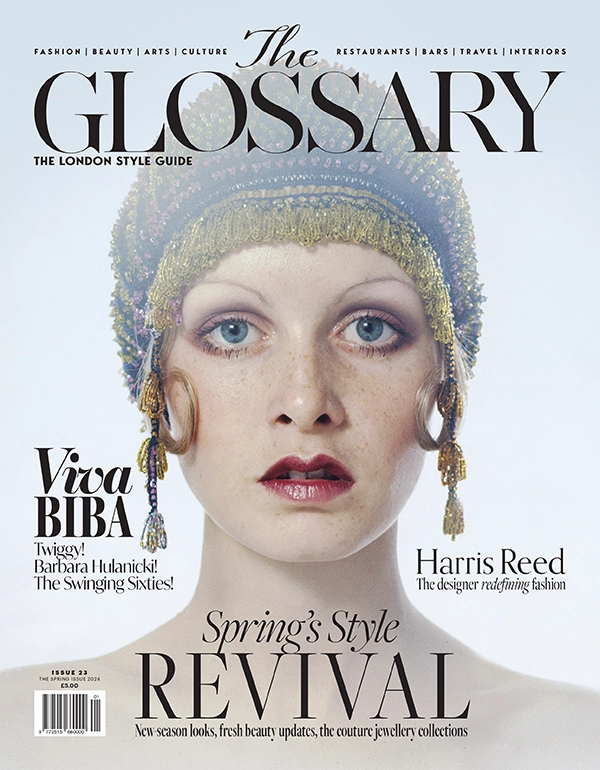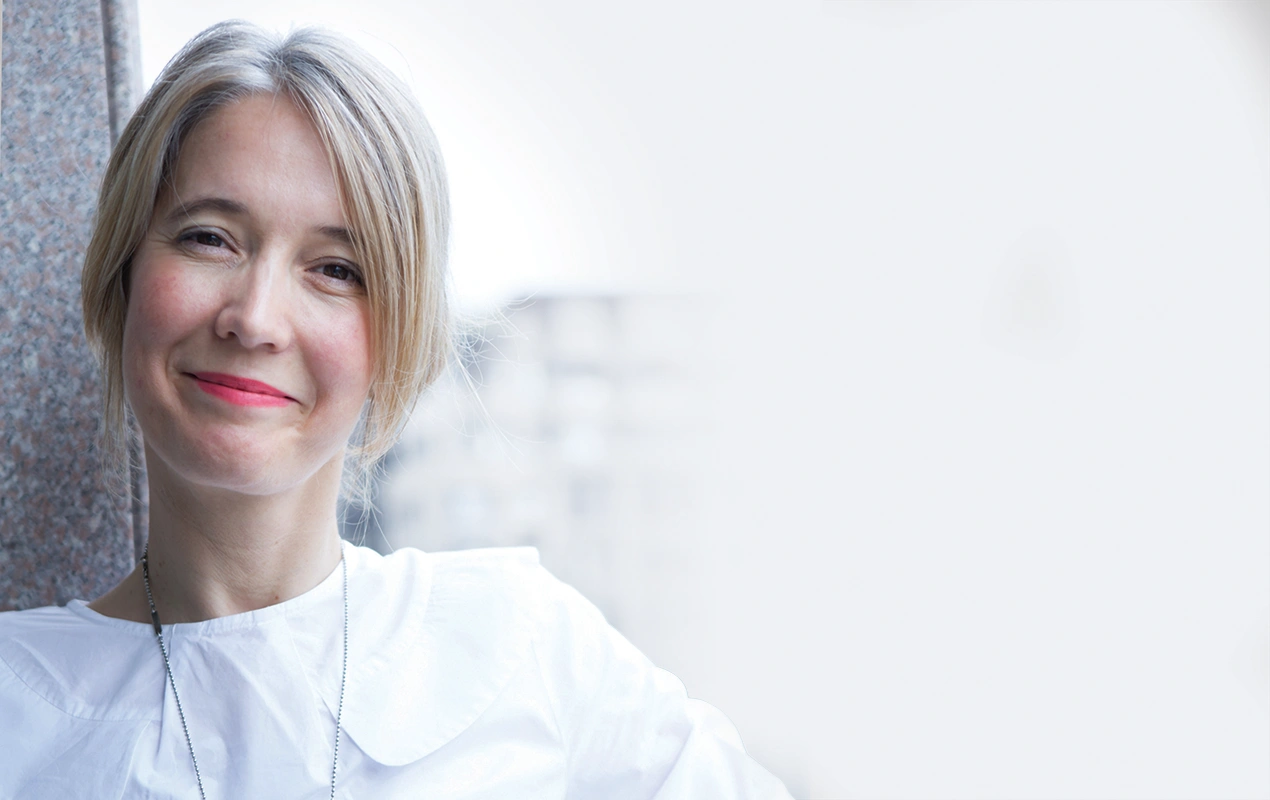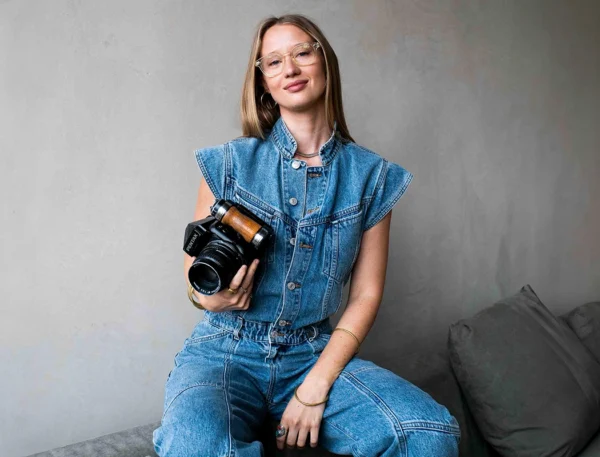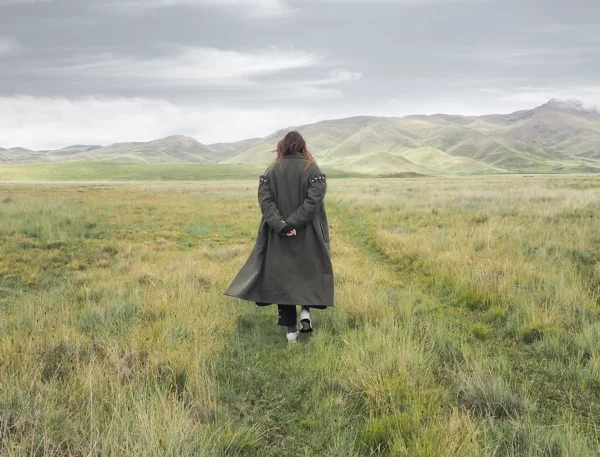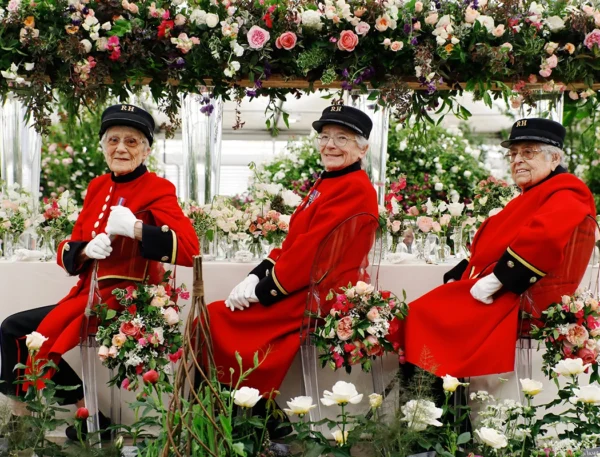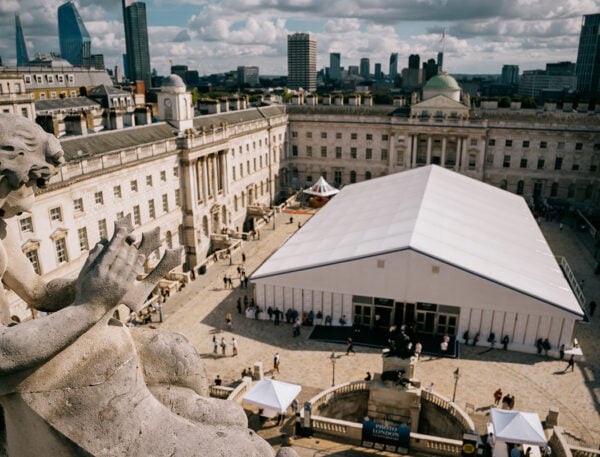Deputy Mayor Justine Simons is forging a future for the arts in London
As Deputy Mayor for Culture and the Creative Industries, Justine Simons is charged with the important task of helping to expand, grow and support the buzzing artistic spirit of the capital. Continuously inspired by the cross-pollinating industries that breed exciting new talent and creative opportunities, Simons is keen to engage more and more people in the arts. Here, Simons discusses the vital importance of the creative industries, how the city’s cultural spirit has evolved over the years and what she hopes is in London’s future.
Soon after Marc Quinn’s giant sculpture of the artist Alison Lapper, depicted naked and pregnant, was put on Trafalgar Square’s empty fourth plinth in 2005, Justine Simons received a letter. The Fourth Plinth had been one of the first big projects in her role overseeing art and culture for the Mayor of London, and Quinn’s sculpture of Lapper, who was born without arms and with shortened legs, had provoked a huge national conversation. The letter she received was from a disabled woman who thanked her. “She said, ‘I’ve always wanted to have a child, and this has given me the confidence to do it,’” remembers Simons, “which was super powerful.” It showed how vital art and culture is to people, especially when you make it as public as the Fourth Plinth, and how important representation is. “It matters,” says Simons.
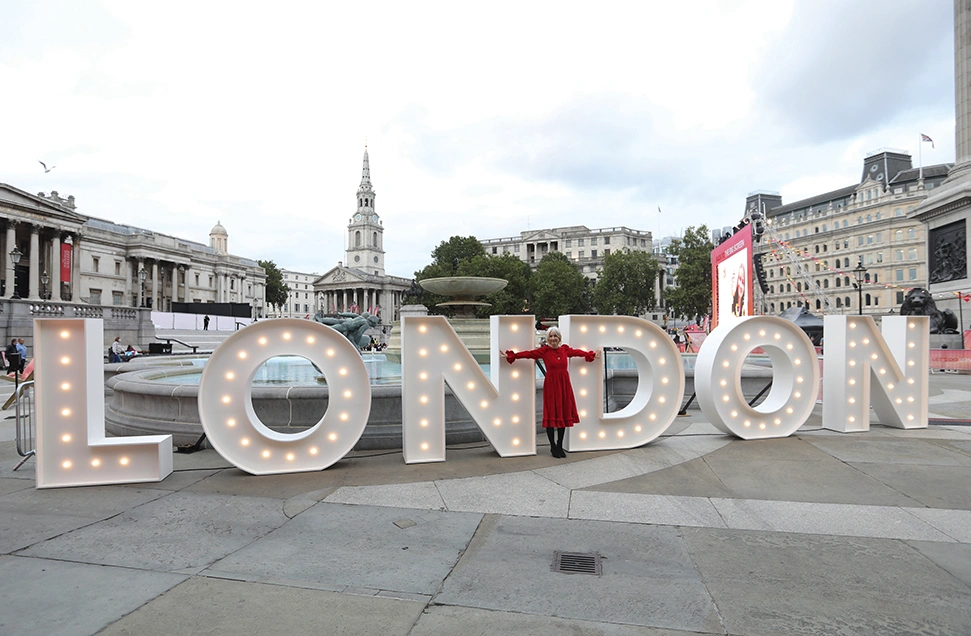 Pin
Pin Most people have realised that, particularly over the last two years. People joined choirs or wrote books; children painted rainbows in their windows. Even if you just burned through Netflix, says Simons with a laugh, it’s all part of it. “Whether it’s as a consumer or participant, arguably culture has been the thing that’s held us through the pandemic,” she says.
Simons is Deputy Mayor for Culture and the Creative Industries, one of London Mayor Sadiq Khan’s ten deputies, putting culture on the same standing as areas such as transport, housing and policing. She has worked at City Hall under both previous mayors – and was awarded an OBE in 2015 for services to culture – but she says Khan is the first “to have elevated culture as a top priority”. The creative economy brings in £58 billion, she points out, and (before Covid, at least) one in six jobs was a creative one, with culture the reason four out of five tourists came to London. There is a real recognition now, she says, that “culture has a role to play across all aspects of city policy, whether that’s economically, through tourism, supporting people’s health or driving regeneration”.
 Pin
Pin When we speak, Simons has returned from watching shows at London Fashion Week, and she is full of praise and excitement. “What is really lovely is the creative collaborations,” she says. “The Preen show, which was in Heaven nightclub, was a collaboration with English National Ballet School. It was a beautiful piece of choreography, in an iconic nightclub, by a fantastic London designer.”
“I went to see Roksanda’s show… just sublime,” she continues. Showing at Tate Britain, she collaborated with the artist Eva Rothschild. “Erdem [was] another absolutely gorgeous show… He showed in Sadler’s Wells, again a fantastic London venue. And then Saul Nash, one of the new-gen menswear designers, created a brilliant film.”
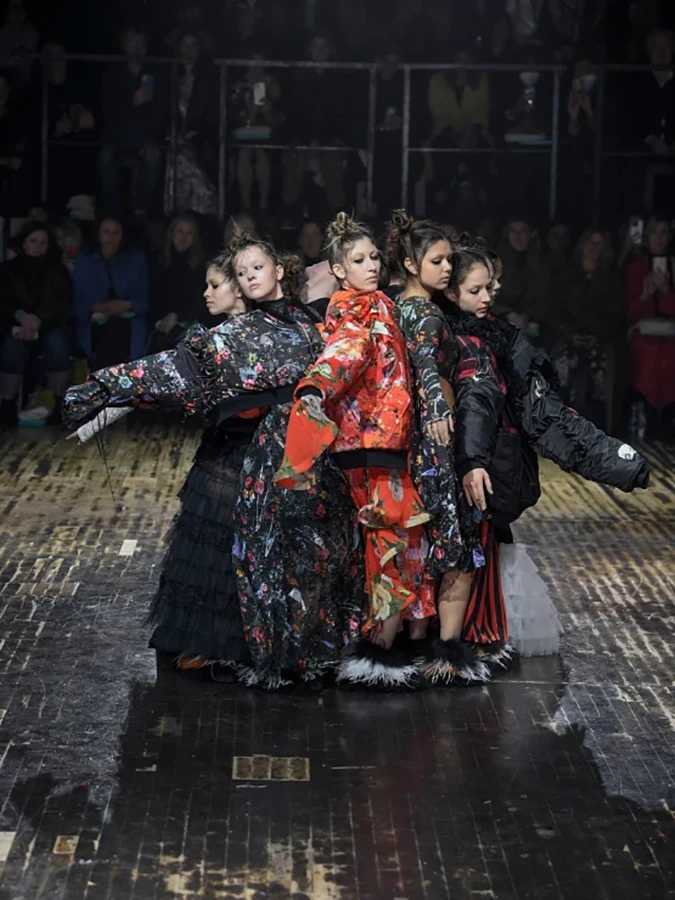 Pin
Pin 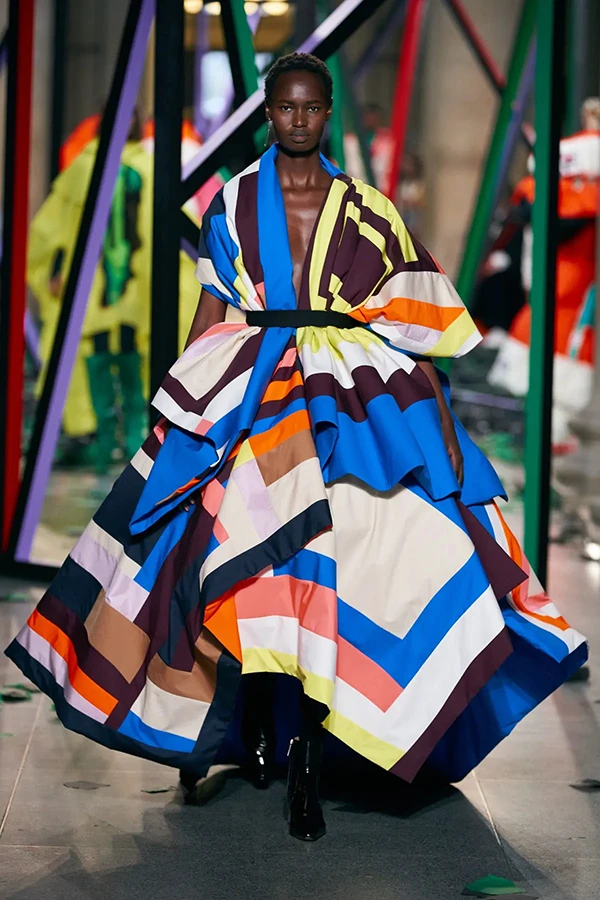 Pin
Pin It’s that creative cross-pollination that sets London apart, she says. While other global cities seem to be defined by one industry – film, say, or fashion – London is a mix. “Those creative disciplines coming together – that brings the energy. There are over 300 languages spoken in London every day, and that is more than any other city in the world. So this incredible wide range of diversity of culture, of talent from across the world, is really a big part of the story.”
Simons has had, and continues to have, a huge impact on London’s cultural and creative scene, though she’s very down-to-earth and you wouldn’t necessarily realise it. There are the high-profile projects, such as the Fourth Plinth and the 2012 Cultural Olympiad. Currently, she is overseeing the huge East Bank project in Stratford – bringing new sites for the BBC, Sadler’s Wells, the V&A and universities – that will establish one of the world’s biggest creative and cultural centres in east London as a legacy of the 2012 Olympic games.
“The big vision for the Olympics was that it would be a massively positive regenerating force for east London,” says Simons. In one of the most deprived areas of the city, culture will be the driving force, “making it porous, opening up the doors”. She is also co-chair of the commission set up to look at public monuments and their place in the modern city.
Justine Simons
“The kind of statues and plaques we’ve got in London right now does not represent London. It’s a question of representation, that’s at the core of it. The headline-grabbing thing is about taking statues down, but the Mayor doesn’t have that jurisdiction. It’s a borough planning issue, so it’s more about how we work with boroughs, so that we can make the public realm more representative.”
Simons seems to be one of those rare creative people who can get equally excited about both a dynamic work of art and a technical piece of legislation. It’s not as flashy as her other projects, but one of her proudest achievements, she says, is founding the World Cities Culture Forum, a place where her counterparts in around 40 other global cities share knowledge and ideas.
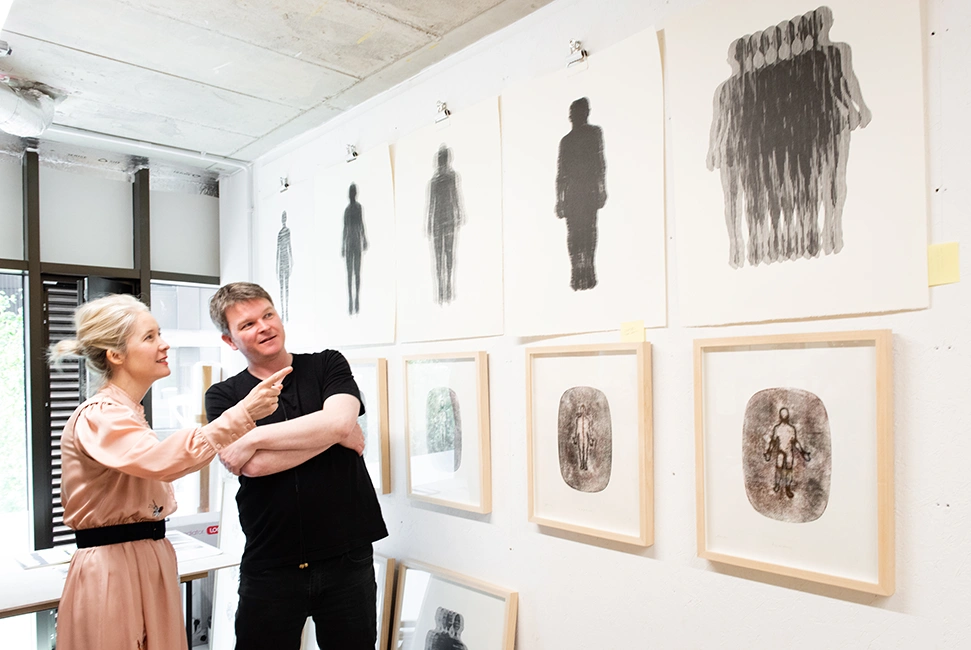 Pin
Pin She talks passionately about “hardwiring culture into the city” – initiatives such as creative enterprise zones, currently being piloted around London, which use local authority powers and planning to safeguard artists’ spaces, such as studios, and encourage businesses and educational opportunities, with the aim of creating a sustainable, supportive environment. Simons lives in south London and has seen the negative effects of gentrification. “People often talk about that cycle – creatives move into an area, then it gets expensive, then they get booted out. So creative enterprise zones are about reversing that cycle, and the key to it is affordable space.”
Physical spaces also need protection, and that’s where legislation comes in. She points to the 1976 Theatres Trust Act that protects theatres – it’s why West End theatres are still occupying prime positions and haven’t been turned into apartments. “That’s a brilliant piece of legislation but we need more of that, right? Grassroots music venues don’t have that type of protection. We’ve got to kind of name them as important parts of the fabric of the city, in our policy and planning documents, and explain why they’re important. One reason Adele is so successful is because she started in grassroots music venues – it’s making that link.” There is an emergency hotline – “the Batphone”, Simons says with a laugh – for “culture at risk.
We supersized that in the pandemic. We managed to get emergency funding out to music venues, LGBT+ clubs, independent cinemas, and artists’ studios. The goal is that we don’t need that forever, but we do need that right now.”
Justine Simons
Simons started her career in contemporary dance, working as a producer and director, having discovered a love of dancing at primary school. She grew up in Stoke-on-Trent, and art and culture were an important part of her family. Her father is a musician and bandleader, and her mother taught herself dressmaking. Simons remembers her choosing Vogue patterns. “If she was going to events that my dad was playing at, she’d often make her own outfits,” she says.
Simons developed her mother’s love of fashion – with her red lipstick and bright prints, she must bring fun and colour to the otherwise fairly sober style at City Hall. She loves, she says, “things that make me feel good, that are joyful. I like fashion as a kind of joyful, creative expression. London is a city that has been defined in many ways by creativity.” Think of the 60s and 70s, she says. “Fashion has been a backdrop to all of that, driving it, in the middle of it, reflecting it and challenging it.” She flies the flag for London designers, wearing Vivienne Westwood and Roksanda, as well as supporting newer names such as Bethany Williams, but she also likes vintage pieces too. Her partner, Darrell Vydelingum, is an artist and curator – they met on a blind date around 13 years ago and discovered a shared love of art. They also now share many clothes, both keen on a printed shirt and pussy-bow tie. “He buys me a lot of clothes, he’s got a good eye,” says Simons. “He started out when he was in his 20s with a stall on Portobello. We love mixing it up and having fun creating our own looks.”
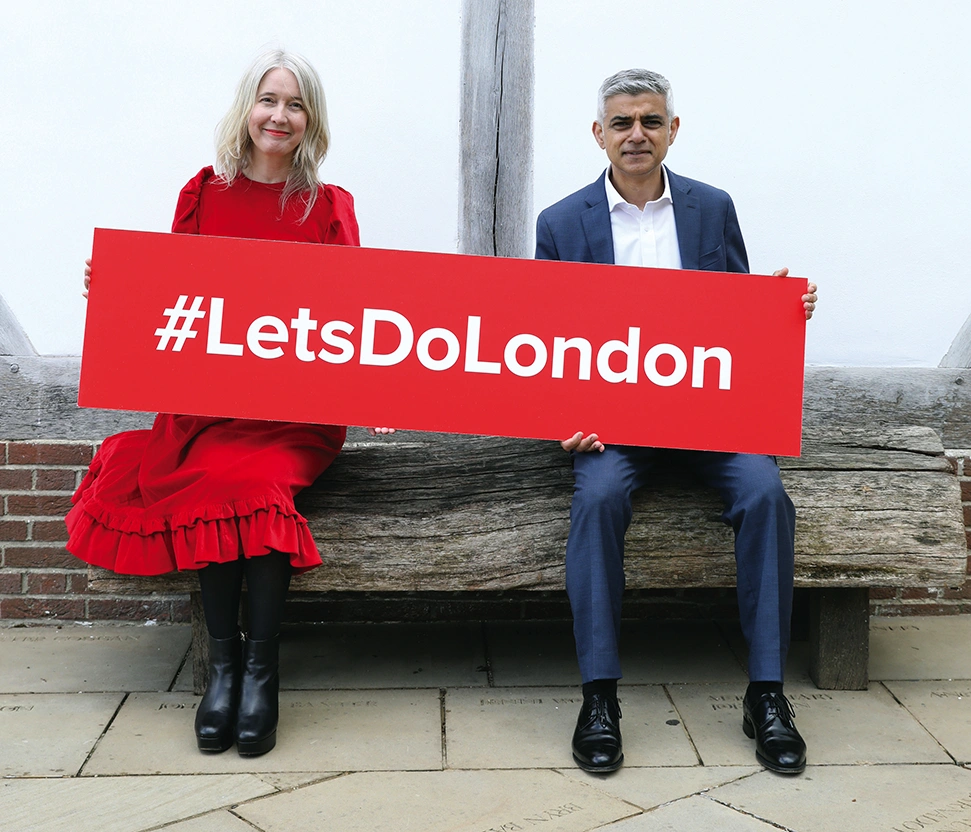 Pin
Pin Hers wasn’t a particularly bohemian childhood, she stresses, but importance was put on individual creativity and happiness. “They weren’t the kind of parents that put pressure on us,” she says, which is just as well because Simons says she wasn’t academic at school, at least to begin with. She became involved in youth dance groups. “It was the thing that really gave me confidence,” she says. “It gave me lots of things that I wasn’t getting from the formal classroom. Social skills, confidence, how to work in a team, all of that stuff can come through creativity – that’s the reason it’s really important.”
She has seen it in initiatives such as the London Borough of Culture, where boroughs submit bids for funding and support to create a programme of local cultural activities. “It’s about everyone, all ages, all backgrounds, being able to both experience and make culture on their doorstep,” says Simons. Waltham Forest became the first borough to take part in 2019, and she says it has “really shown the power of culture to transform people’s lives”. One project brought together vulnerable young people from two estates to create an original theatre piece. “They all grew in confidence,” says Simons. “Some came back into education, went to university, took work placements, and are still involved in the project, acting as mentors to the next generation coming through. We use the rhetoric, we say culture can offer people an alternative life path, but that’s what it is in practice.”
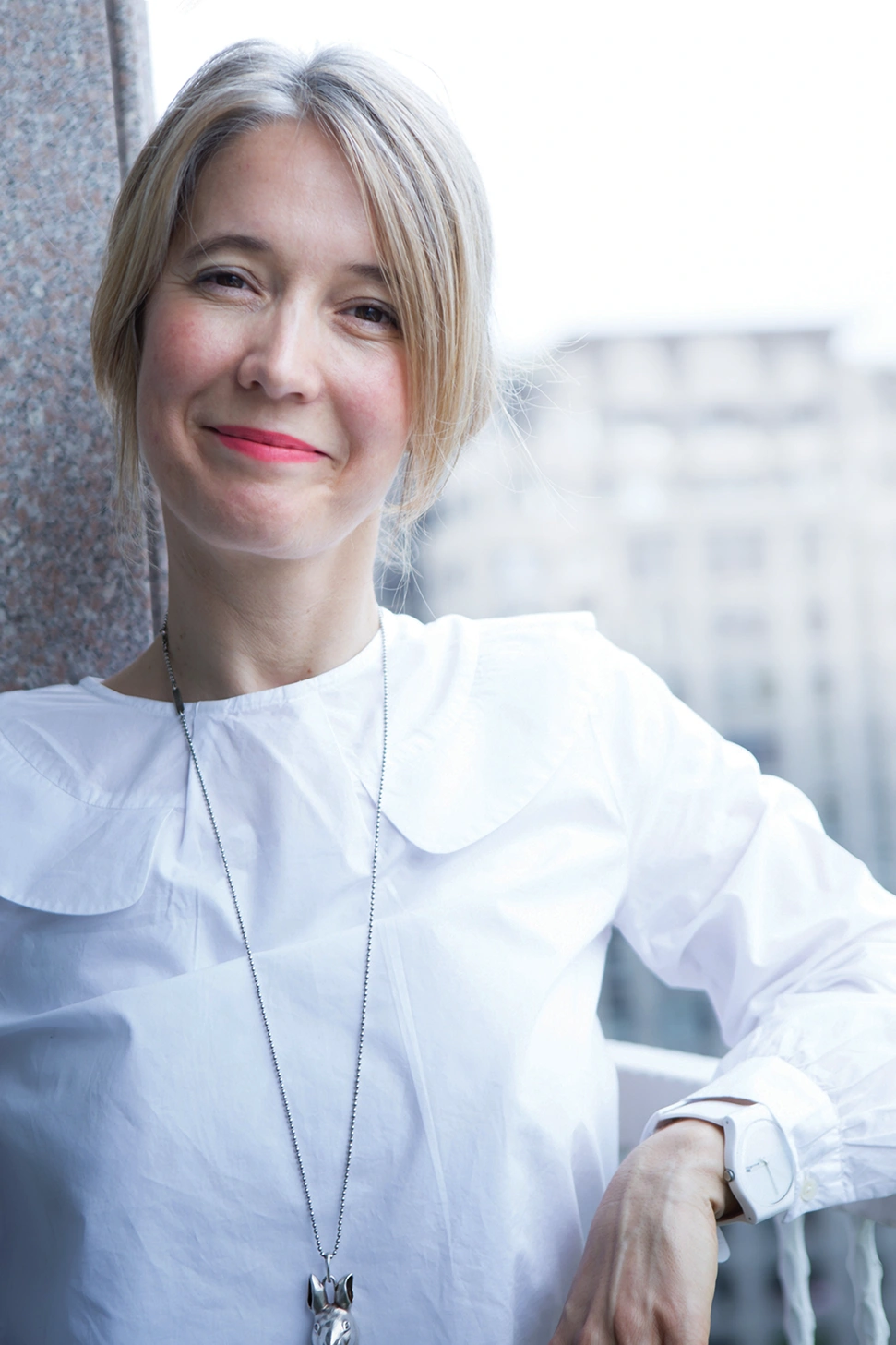 Pin
Pin She says an estimated 150,000 creative jobs have been lost to London due to Covid. It may be an industry worth £58 billion but, she points out, “if you look under the surface of that, 90% of the industry is really small businesses and freelancers – artists, pattern cutters, wig makers, photographers, violin fixers. There’s this massive community of brilliant creative people, and they are powering this big creative economy.” Many face low wages, insecure employment and poor working conditions. The pandemic “amplified the pressures, work collapsed overnight for freelancers, and many just dropped through the safety net”. Simons saw it first-hand when her partner couldn’t work. “Like lots of other artists, he was in the midst of about six projects when Covid hit, and everything ground to a halt. It’s been a really difficult time for all artists, freelancers and creatives.”
As the post-pandemic recovery gears up, culture will play an enormous part and people are ready for it, she says. At London Fashion Week, “there seemed to be a real confidence returning. People have done amazing jobs at pivoting online, moving to digital, or a hybrid, and I think that’s here to stay to a large extent, but nothing replaces the kind of visceral excitement and energy of a show.” How should people support the arts? “Get off the sofa and go – that’s it,” she says. “Nothing beats being together, with family or friends, watching a theatre show, going to the cinema, a nightclub, watching a band. For me, it’s about human connection. That’s the thing I think that culture can do – it can be the catalyst to bring us together.”
